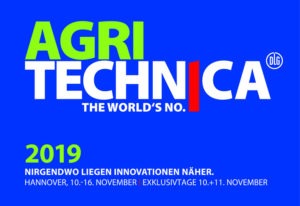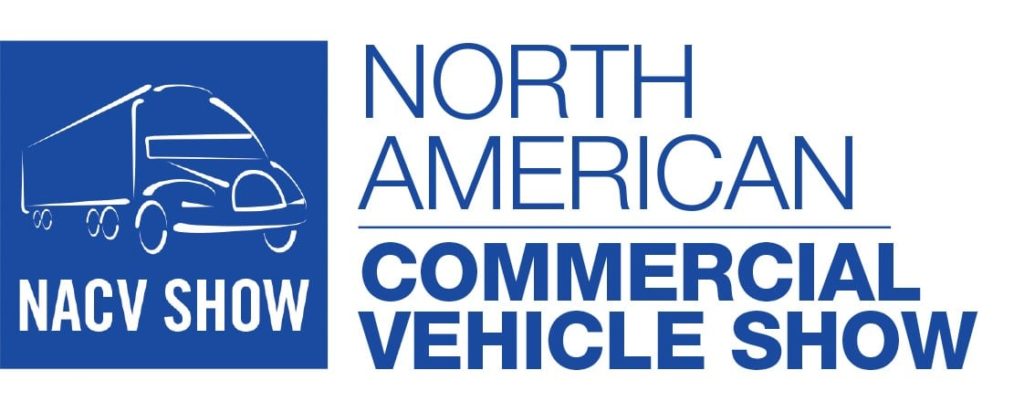New Cars in Russia Cost More Than in USA and Europe
The prices for cars in Russia now exceed the prices abroad. The high prices are caused by high custom taxes, certification for Glonass satellite systems and exchange rates of national currency. After many global OEMs built assembly plants in Russia, prices for cars were equal to cars in other markets, and after fall of the Ruble exchange rate in 2014, cars became even cheaper. However, in 2021 prices have grown significantly because of a shortage of semiconductors.
For example, the minimum price of a Hyundai Sonata in the USA is US$ 24,150, equivalent to about 1,725,000 rubles. In Russia, a similar car is priced at 1,799,000 rubles. A Kia Seltos in the USA costs US$ 22,490 (about 1,605,000 Rubles); in Russia, the minimum price is 1,734,000 rubles. Cars such as the Toyota Camry, Toyota Corolla and RAV4 are also more expensive in Russia by about US$ 3,000-5000.
PSR Analysis: Actual prices are even higher in Russia because of dealer mark-ups. Sometimes, to buy a car, it’s necessary to pay 1.5-2 times the prices as a cost for “options”. As a result, there has been a 20% fall of sales in the country. PSR
Maxim Sakov is Market Consultant – Russia Operations for Power Systems Research




